Walk into a pet shop and there'll always be a pooch that's endearing but overlooked. The deterrent might be the price, or the markings or even the fact it's an exotic breed so it'll presumably take more looking after.
The same approach applies to new cars. Every segment has vehicles that are worthy but unwanted. They might look OK but you're not prepared to risk being ridiculed by friend or family for buying "that brand" or losing money come trade-in time.
For those who don't care about comments from their peers — or just want something different to the cars parked in every other driveway on the street — Carsguide casts an eye over some of the hidden gems.
Peugeot 308
-
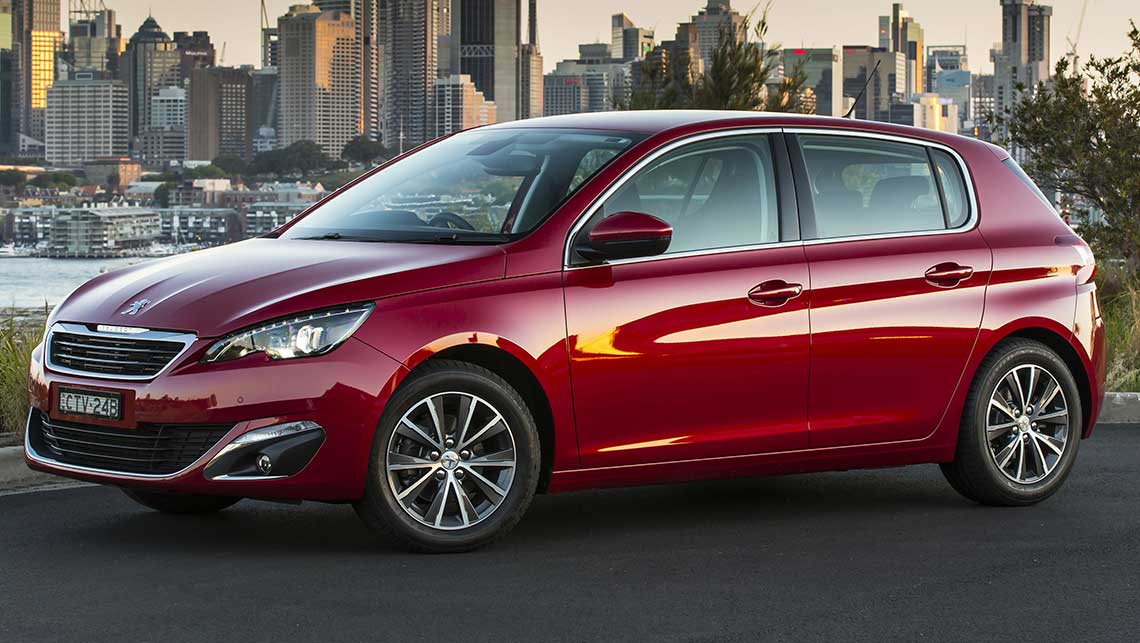 2014 Peugeot 308 hatch
2014 Peugeot 308 hatch
-
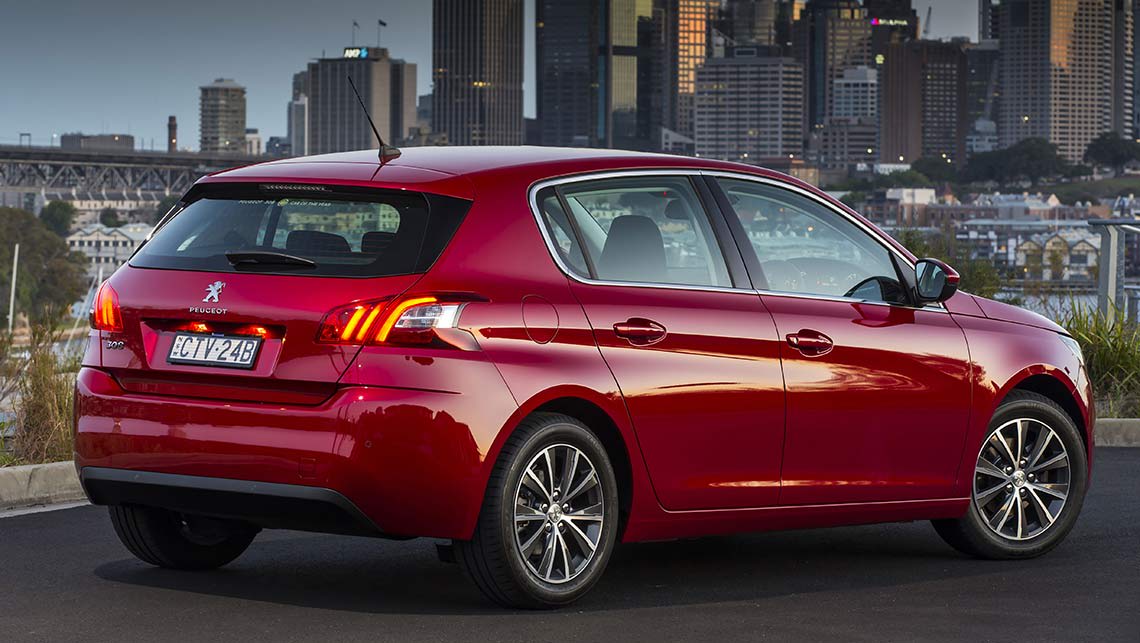 2014 Peugeot 308 hatch
2014 Peugeot 308 hatch
-
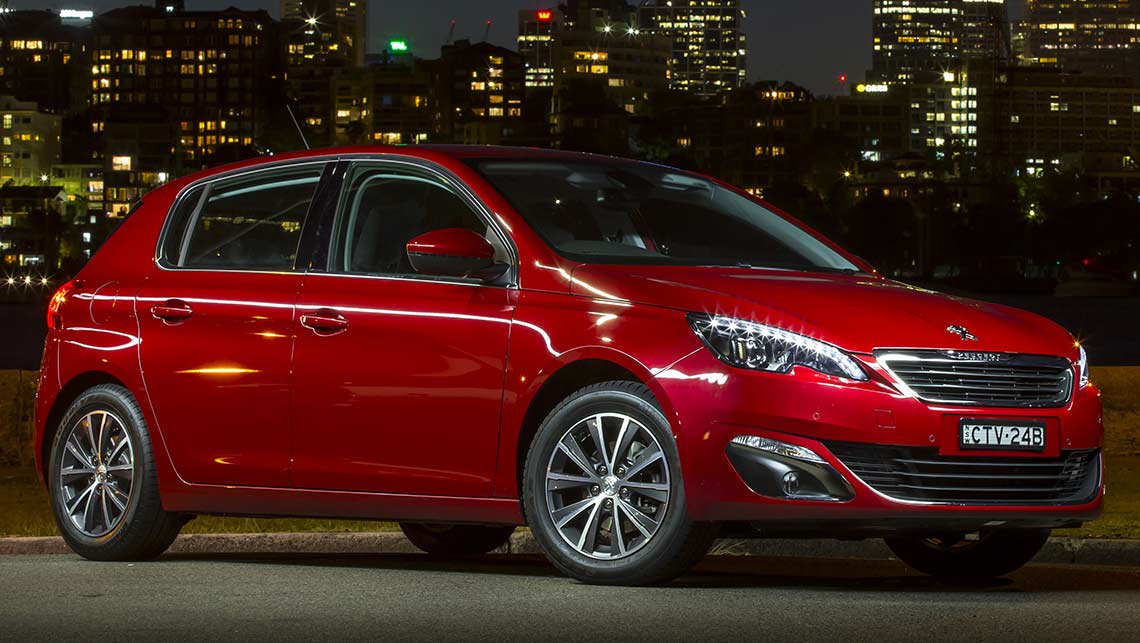 2014 Peugeot 308 hatch
2014 Peugeot 308 hatch
-
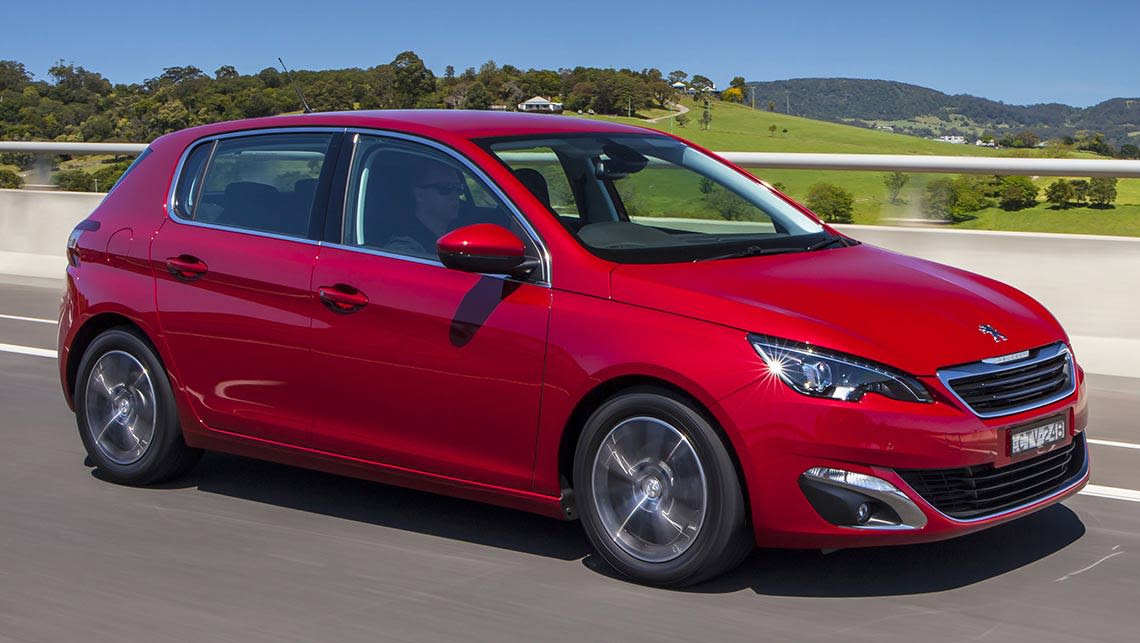 2014 Peugeot 308 hatch
2014 Peugeot 308 hatch
-
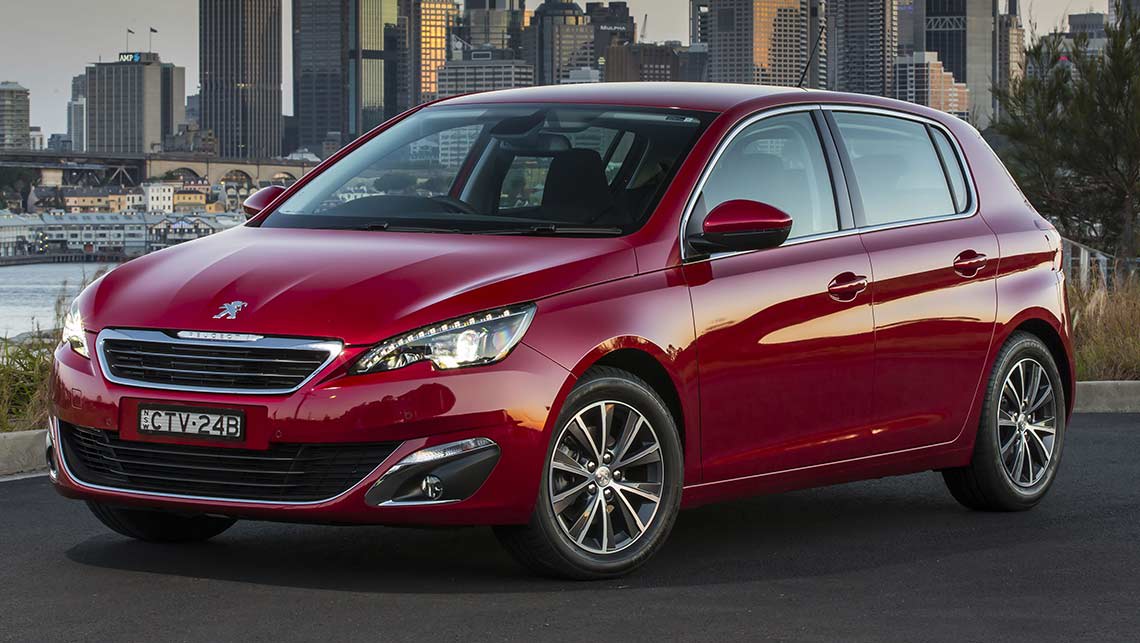 2014 Peugeot 308 hatch
2014 Peugeot 308 hatch
The small car class is a budget-powered battleground. That extends from the price of the vehicle to the size of the marketing budget. Right now, Peugeot's 308 can't compete on either front.
Yes, it's the European Car of the Year but that doesn't mean much unless you can persuade potential buyers to try it. And the price puts them off.
A starting point of $21,990 has the five-door hatch costing $500 more than a base VW Golf and $1500 above the Mazda3 Neo. A resale value of 48 per cent after three years doesn't justify the premium, despite the latest car having a gutsy three-cylinder turbo engine, sharp road manners and a classy interior with the latest soft-touch plastics.
Skoda Octavia
-
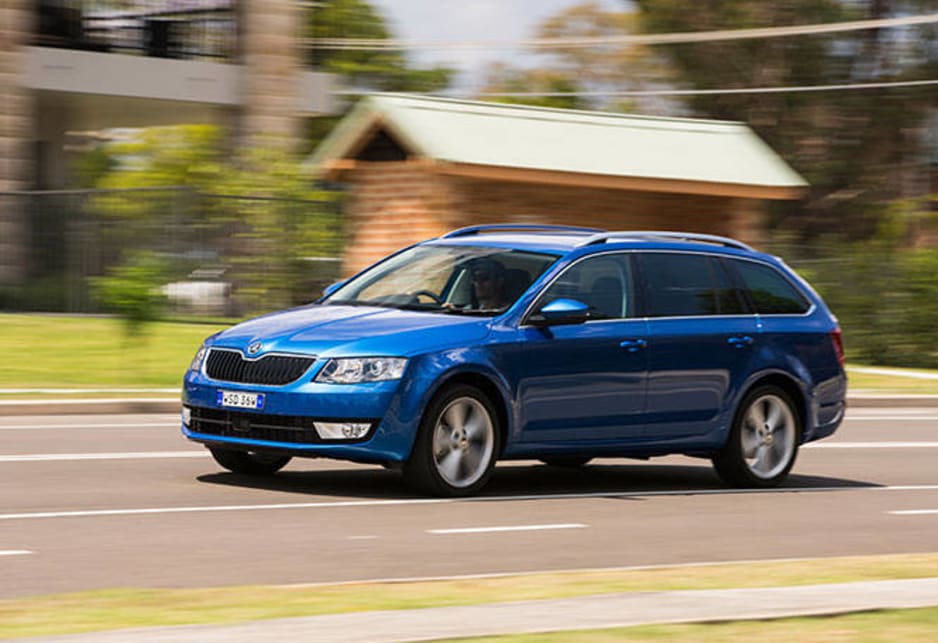 The Octavia accounts for almost 45 per cent of Skoda's global sales, and the wagon version is certainly finding its Australian market.
The Octavia accounts for almost 45 per cent of Skoda's global sales, and the wagon version is certainly finding its Australian market.
-
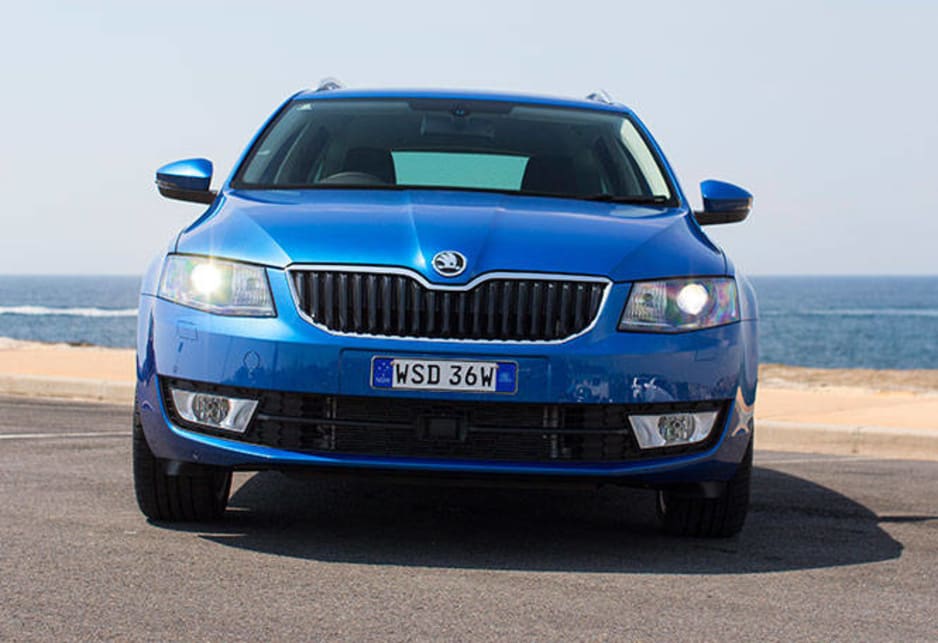 The Czech company has just released the third generation Octavia, and has added a bit more sizzle to the dependable-and-affordable formula.
The Czech company has just released the third generation Octavia, and has added a bit more sizzle to the dependable-and-affordable formula.
-
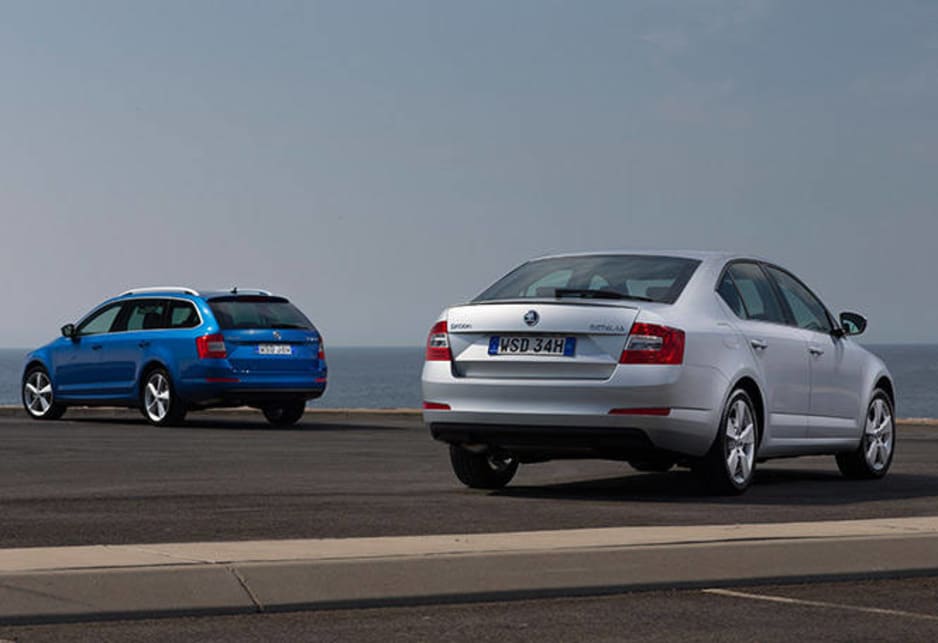 Skoda has been back in the Australian market for seven years and after a slow start is carving out a niche with the stalwart Octavia sedan and wagon.
Skoda has been back in the Australian market for seven years and after a slow start is carving out a niche with the stalwart Octavia sedan and wagon.
-
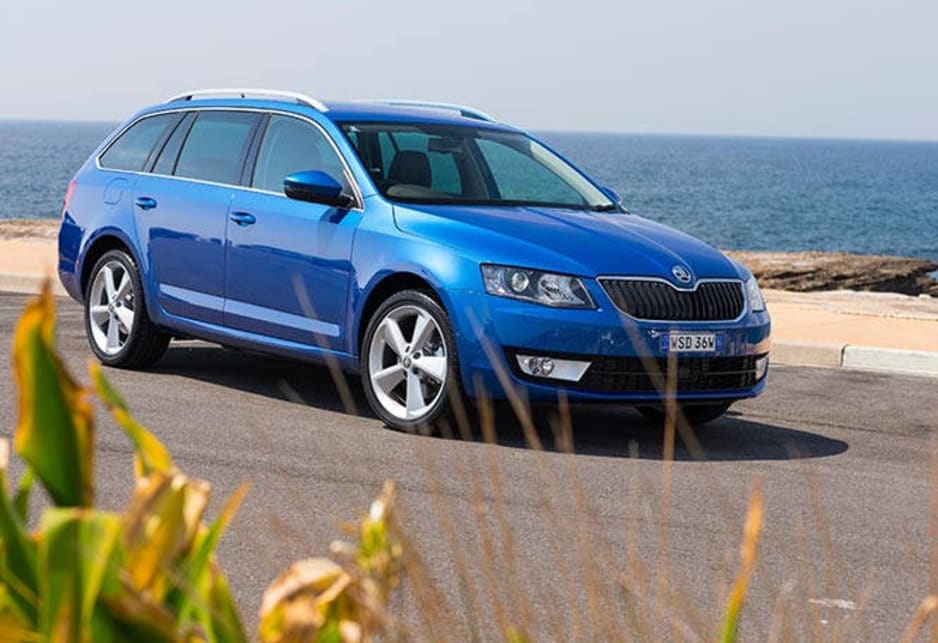 The Octavia's engines are instantly recognisable for anyone with a passing interest in the VW/Audi stable.
The Octavia's engines are instantly recognisable for anyone with a passing interest in the VW/Audi stable.
-
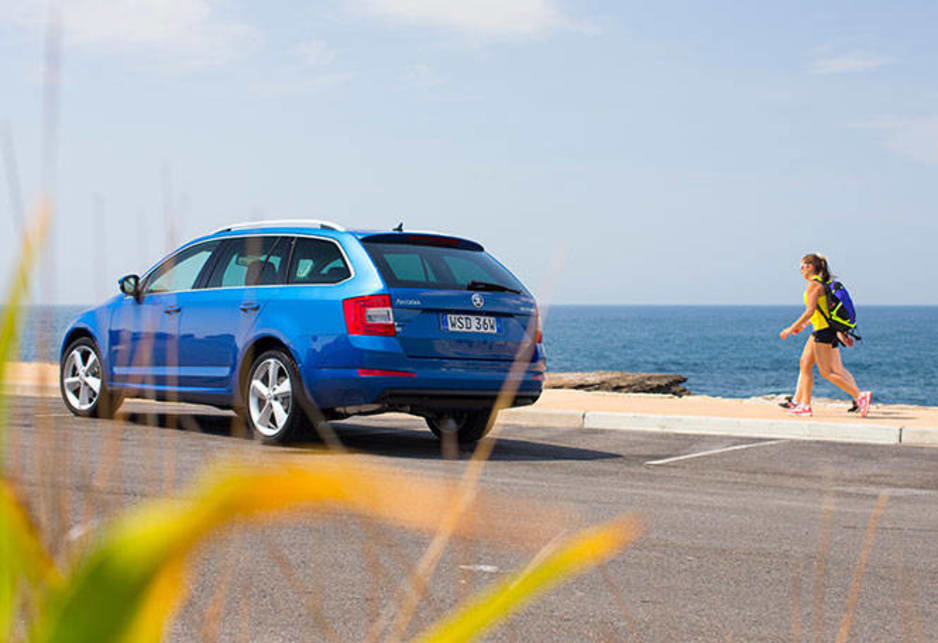 The two petrols are the 1.4 litre and 1.8 litre TSIs. Both feature direct injection and, of course, a turbo. As with the body, the engines have lost weight but unlike the car, have gotten physically smaller, without losing capacity.
The two petrols are the 1.4 litre and 1.8 litre TSIs. Both feature direct injection and, of course, a turbo. As with the body, the engines have lost weight but unlike the car, have gotten physically smaller, without losing capacity.
-
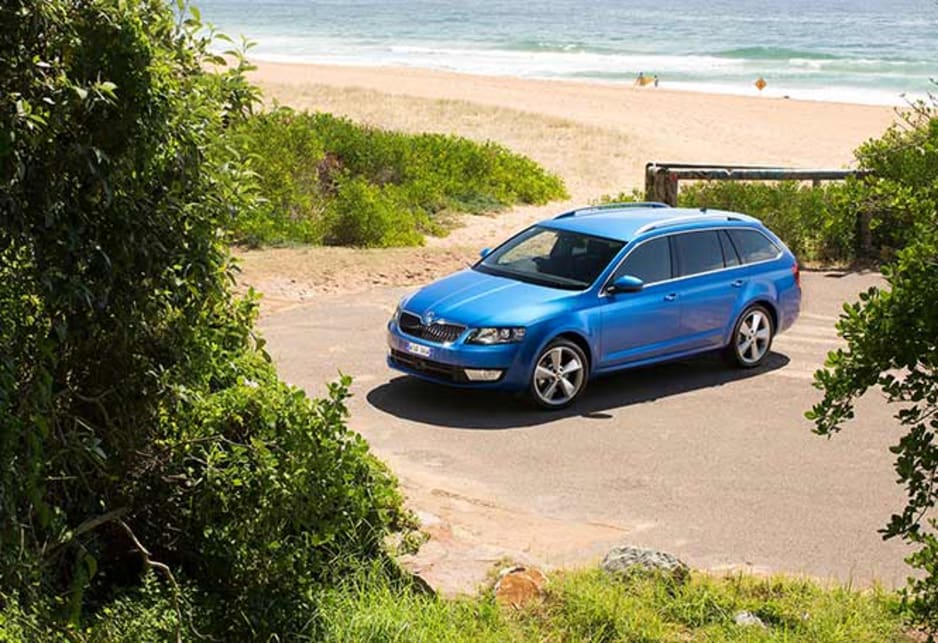 The 1.4 litre produces 103kW and 250Nm of torque from 1500rpm, still impressive figures from such a small engine. Combined fuel economy is listed at 5.2l/100km and emissions of just 121g/km and you can have either a six-speed manual or seven-speed DSG.
The 1.4 litre produces 103kW and 250Nm of torque from 1500rpm, still impressive figures from such a small engine. Combined fuel economy is listed at 5.2l/100km and emissions of just 121g/km and you can have either a six-speed manual or seven-speed DSG.
-
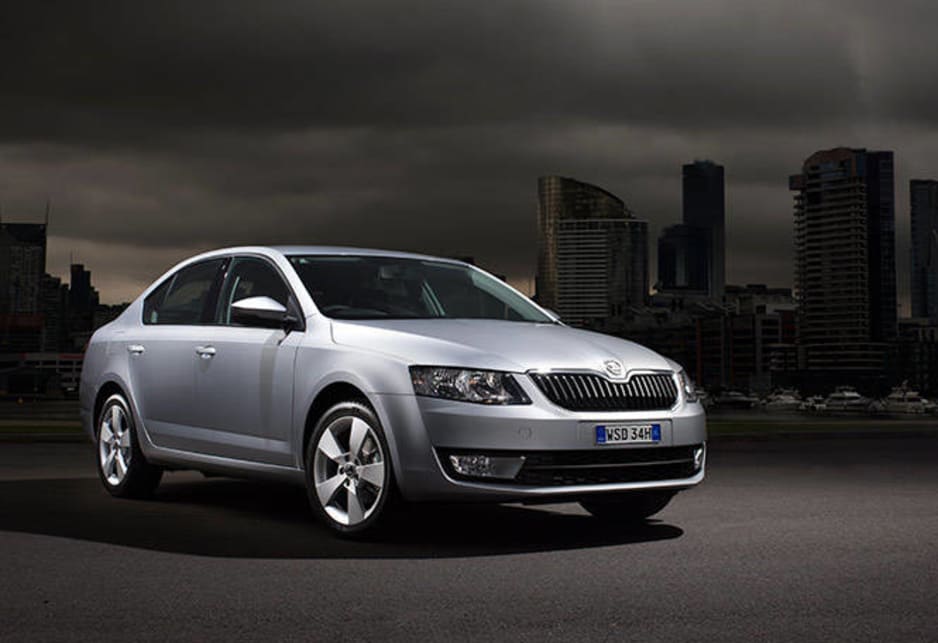 The manual dashes to 100km/h in 8.4 seconds, a tenth slower with the DSG. Fuel economy is improved by a whopping 20 per cent over the old engine, down to 5.7l/100km for the manual and 5.2l/100km for the DSG.
The manual dashes to 100km/h in 8.4 seconds, a tenth slower with the DSG. Fuel economy is improved by a whopping 20 per cent over the old engine, down to 5.7l/100km for the manual and 5.2l/100km for the DSG.
-
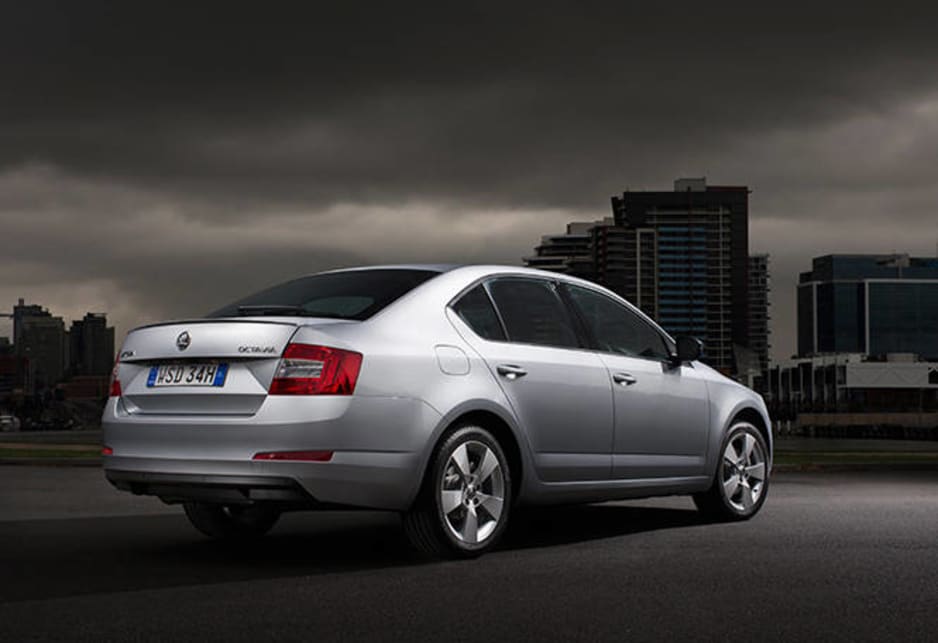 The 1.8 jumps to 132kW with just a small penalty of 0.7l/100km. Torque is identical to the 1.4 litre, but available from 1250 to 5000rpm. The 1.8 is only available with seven-speed DSG and will carry you to 100km/h in 7.4 seconds.
The 1.8 jumps to 132kW with just a small penalty of 0.7l/100km. Torque is identical to the 1.4 litre, but available from 1250 to 5000rpm. The 1.8 is only available with seven-speed DSG and will carry you to 100km/h in 7.4 seconds.
-
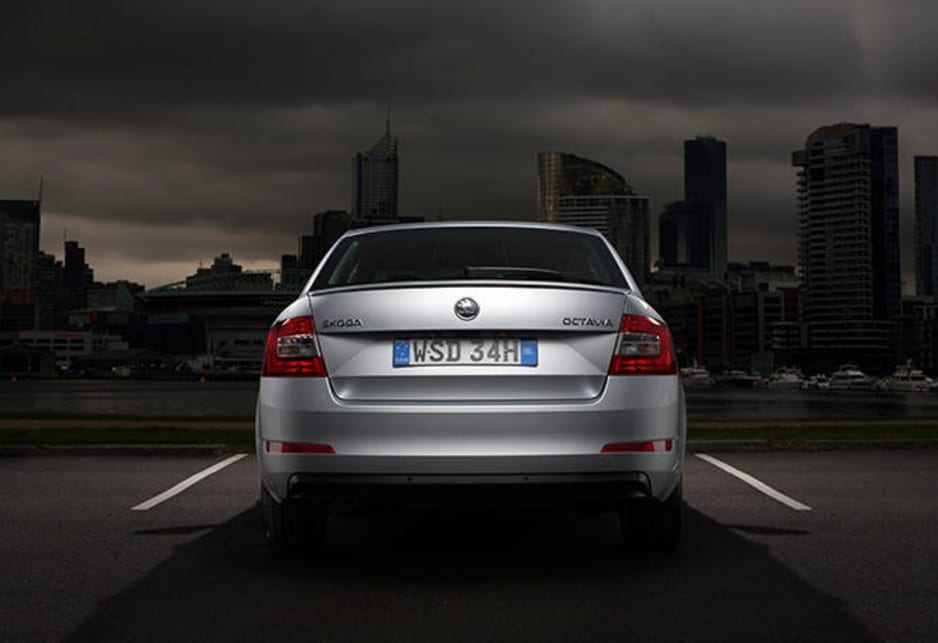 The diesel option is a 110kW 2.0 litre turbo. Coupled with the six-speed DSG, you'll get 320Nm to propel you along with a claimed 4.9l/100km. Stop-start and energy recovery helps keep the CO2 emissions down to 129g/km. The 0-100km/h time is 8.6 seconds. We saw 5.9l/100km in mixed driving, some of it extremely enthusiastic.
The diesel option is a 110kW 2.0 litre turbo. Coupled with the six-speed DSG, you'll get 320Nm to propel you along with a claimed 4.9l/100km. Stop-start and energy recovery helps keep the CO2 emissions down to 129g/km. The 0-100km/h time is 8.6 seconds. We saw 5.9l/100km in mixed driving, some of it extremely enthusiastic.
-
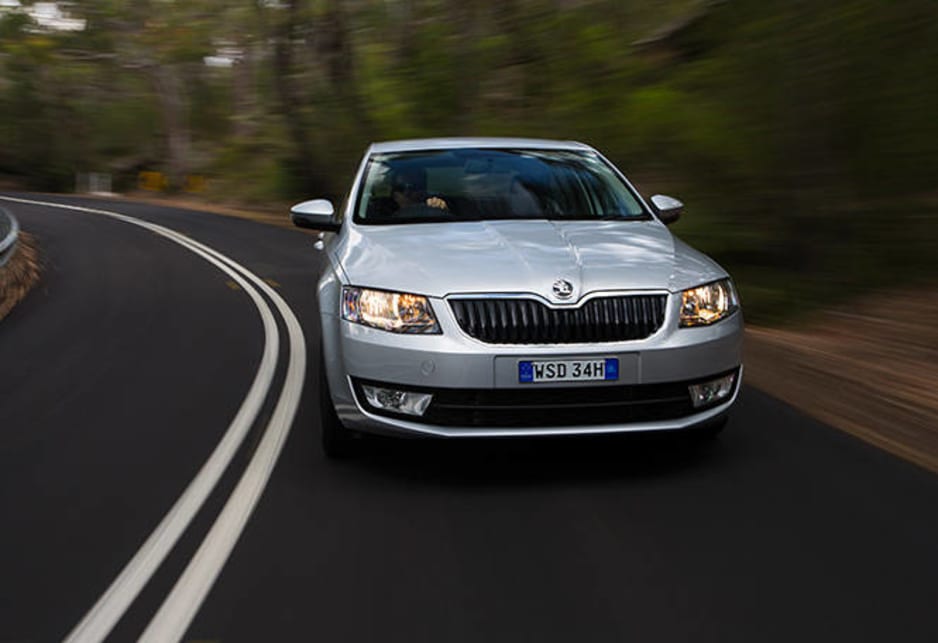 The Octavia is a huge jump from the old one, which bodes very well indeed for the RS model due next year. The new Octavia certainly builds on the car's formidable reputation for size and value.
The Octavia is a huge jump from the old one, which bodes very well indeed for the RS model due next year. The new Octavia certainly builds on the car's formidable reputation for size and value.
-
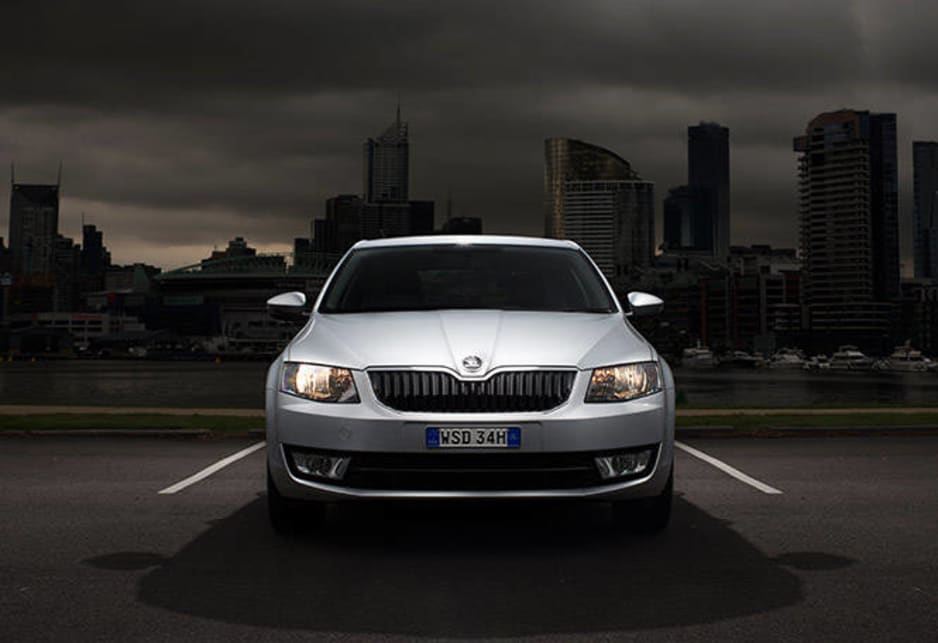 There is more sizzle in the new Octavia and it now leaps into contention with the mid-size crowd. It may not be quite as big as some of the cars in the mid-size range but it's almost unbeatable on price.
There is more sizzle in the new Octavia and it now leaps into contention with the mid-size crowd. It may not be quite as big as some of the cars in the mid-size range but it's almost unbeatable on price.
Badge envy is the Octavia's biggest handicap. It has to compete with the VW Jetta and Passat in the medium car segment — and there isn't enough price difference to steer buyers away from the better-known brand.
It's a lot of car for the cost: a $21,690 entry point puts it up against small cars and even the range-topping Elegance's $35,140 price is only a couple of grand over the base versions of the Mazda6 and Subaru Liberty.
It's also a good drive, but resale rates don't do the Skoda any favours — Glass's Guide has the average Octavia losing 56 per cent of its value after three years.
Ford Falcon
-
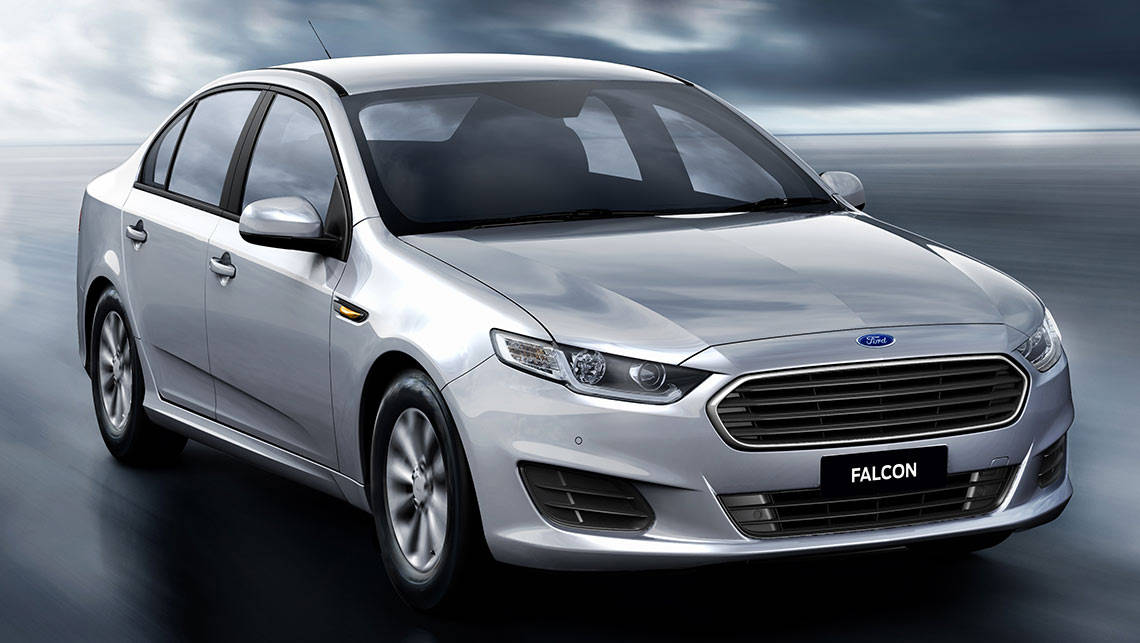 2015 Ford FG X Falcon
2015 Ford FG X Falcon
-
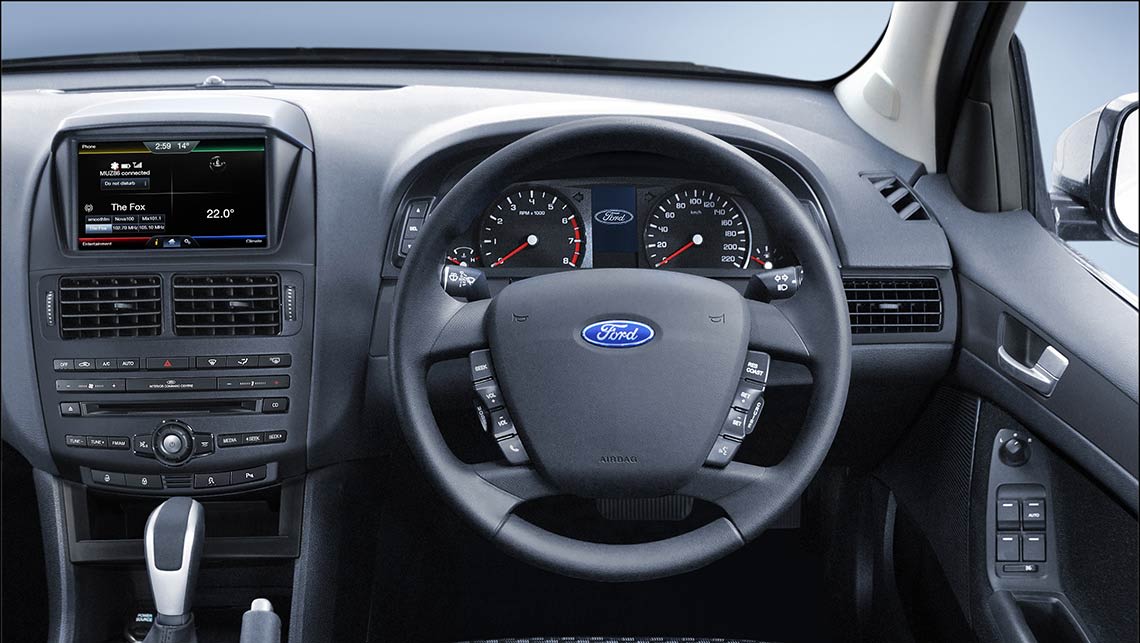 2015 Ford FG X Falcon
2015 Ford FG X Falcon
-
 2015 Ford FG X Falcon G6E
2015 Ford FG X Falcon G6E
-
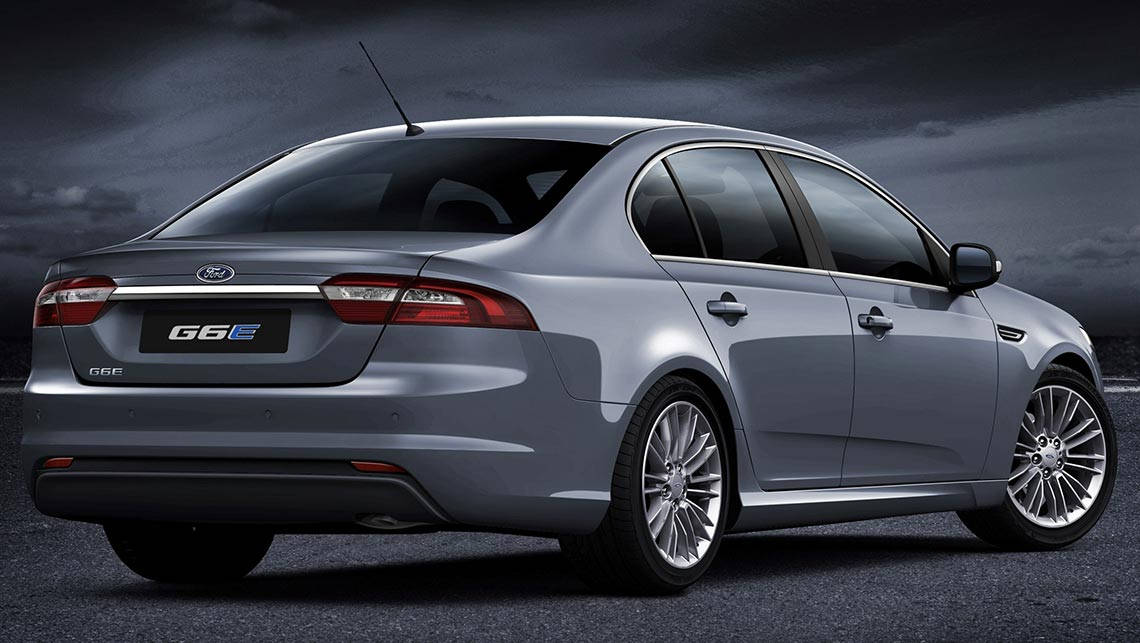 2015 Ford FG X Falcon G6E
2015 Ford FG X Falcon G6E
-
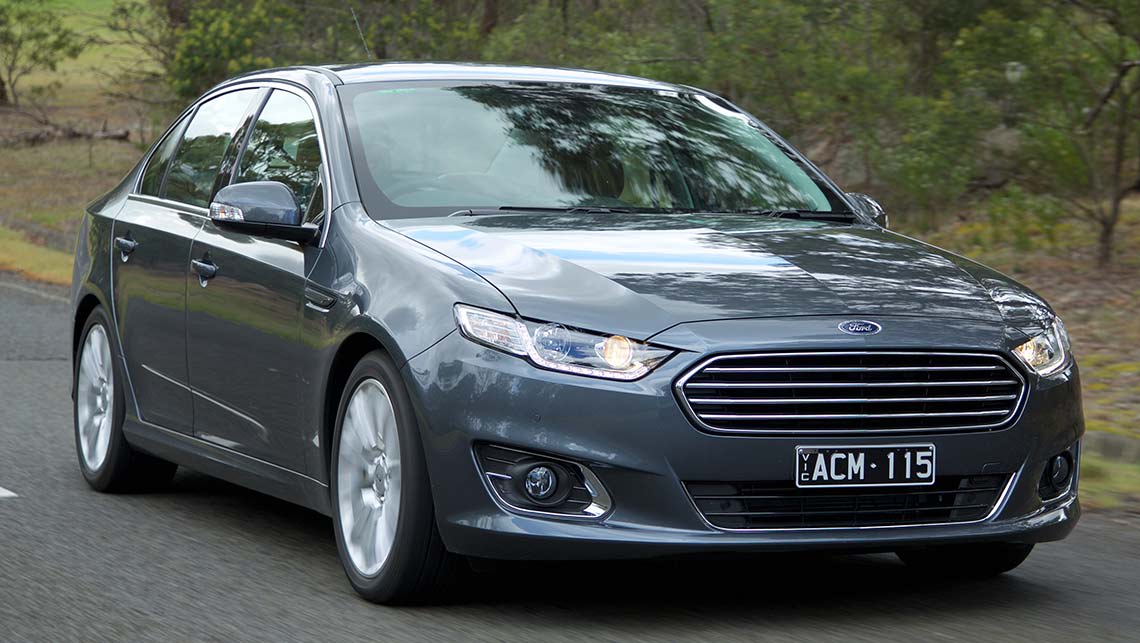 2015 Ford FG X Falcon G6E
2015 Ford FG X Falcon G6E
-
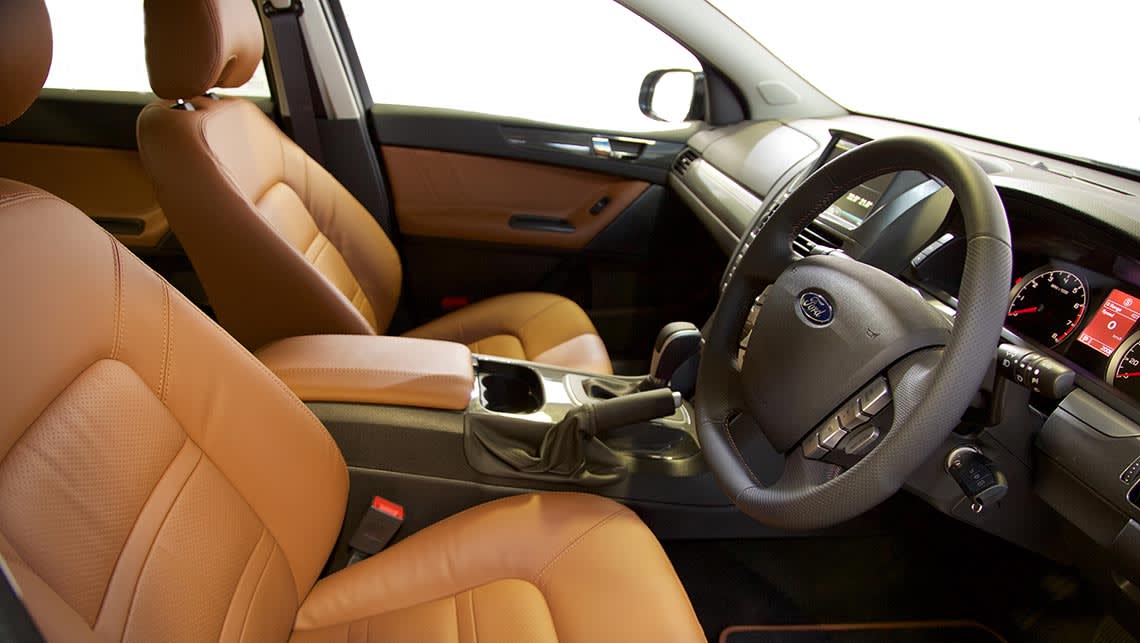 2015 Ford FG X Falcon G6E
2015 Ford FG X Falcon G6E
-
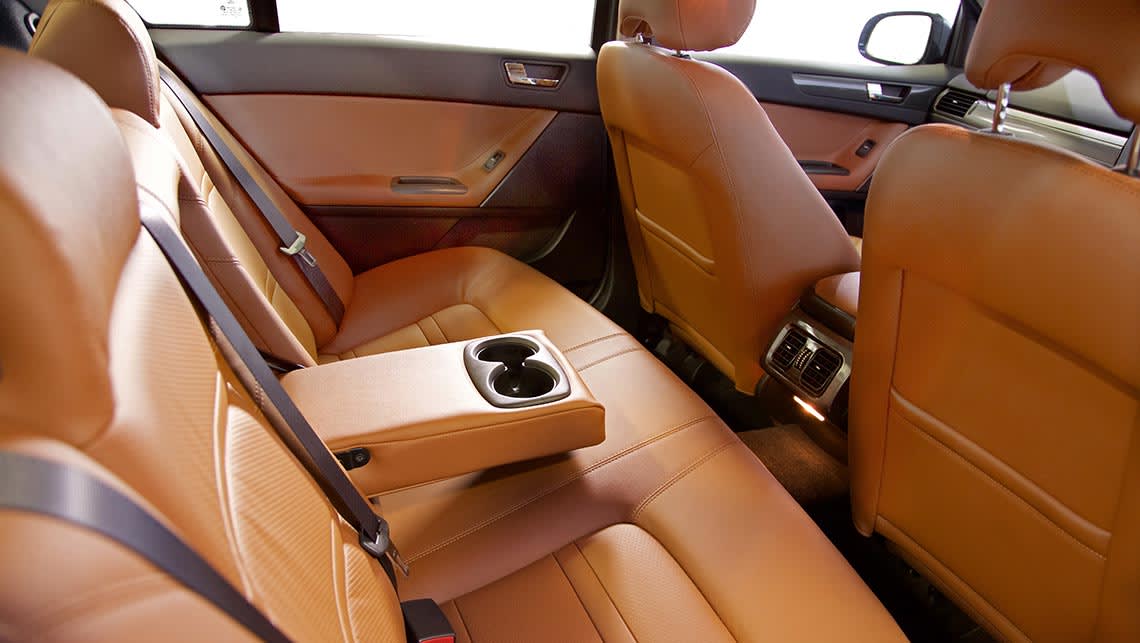 2015 Ford FG X Falcon G6E
2015 Ford FG X Falcon G6E
-
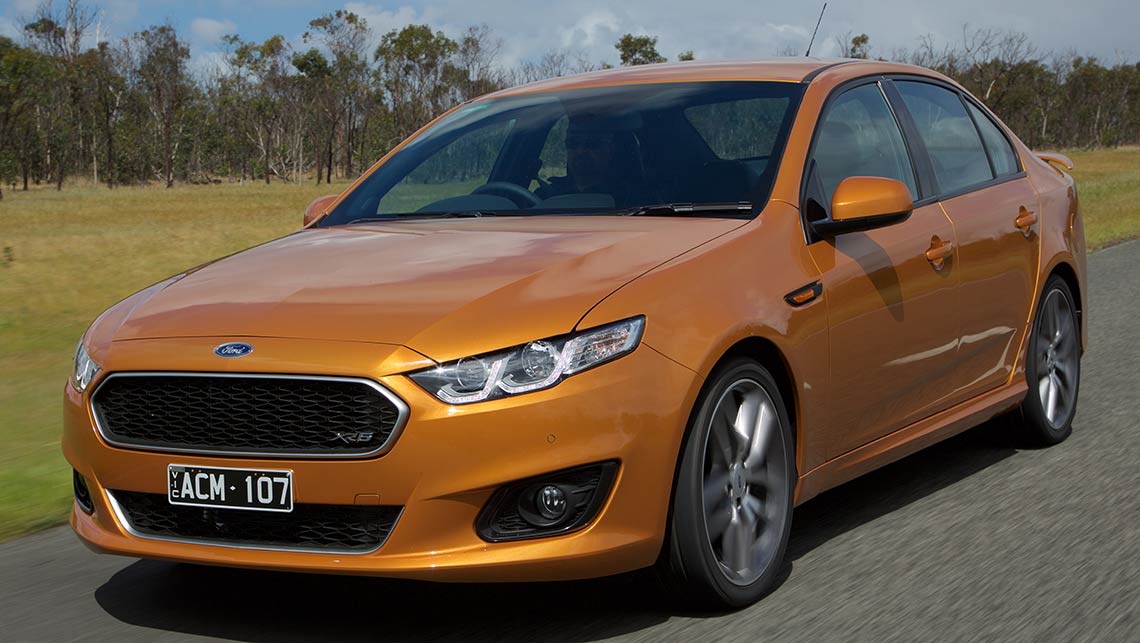 2015 Ford FG X Falcon XR6
2015 Ford FG X Falcon XR6
-
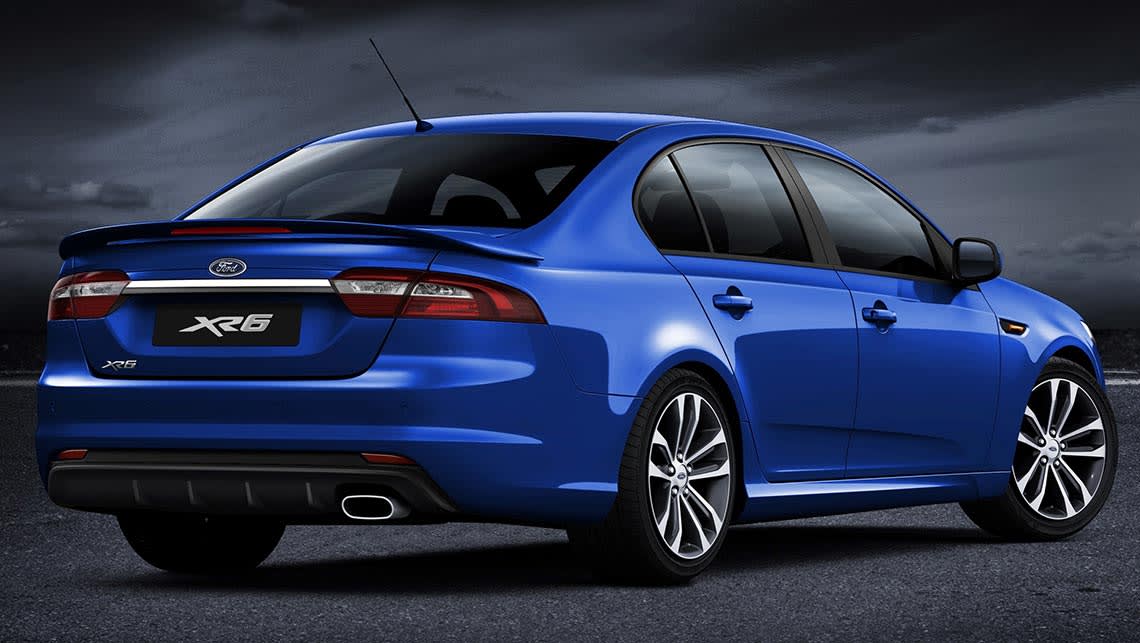 2015 Ford FG X Falcon XR6
2015 Ford FG X Falcon XR6
-
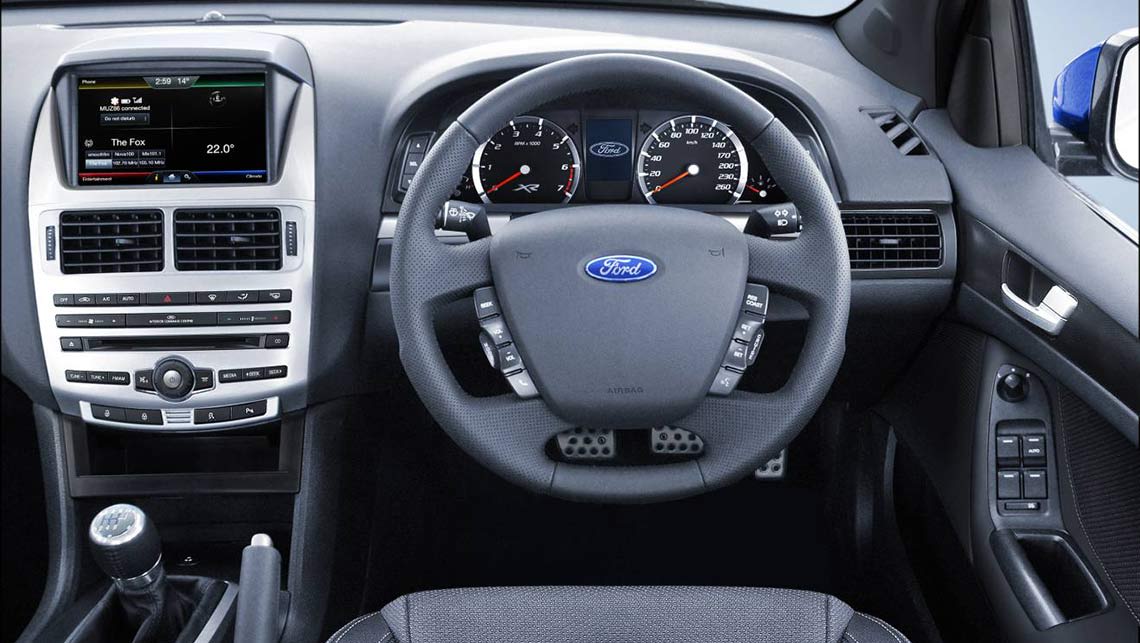 2015 Ford FG X Falcon XR6
2015 Ford FG X Falcon XR6
-
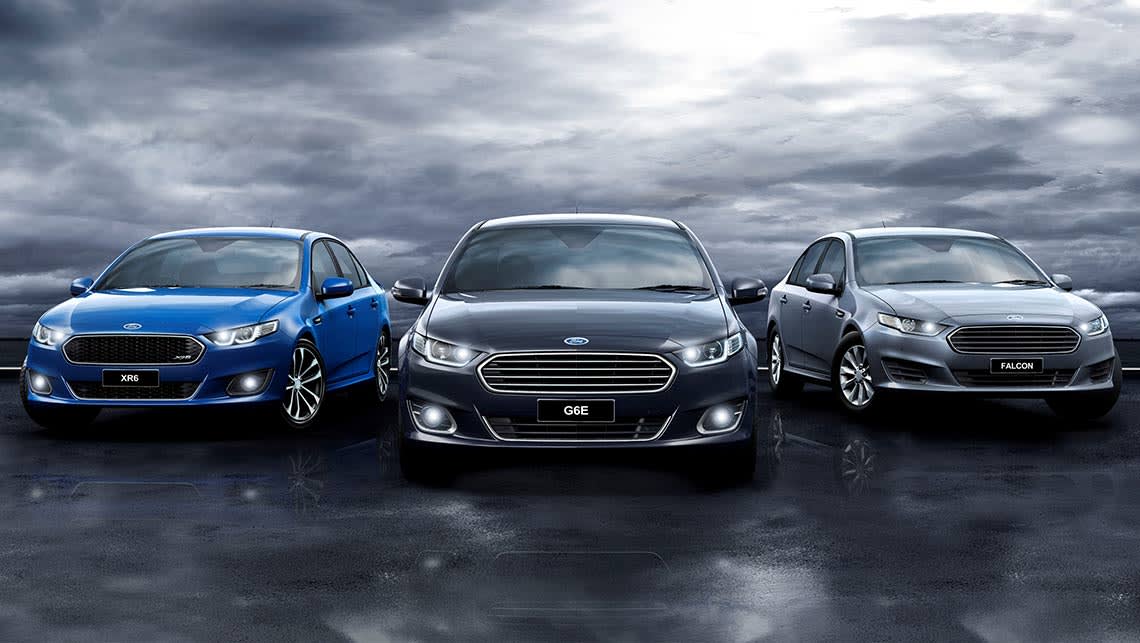 2015 Ford FG X Falcon range
2015 Ford FG X Falcon range
A lack of demand for large cars aside, the Falcon suffers from an interior in need of an update that will never come. The large Ford's swan song will be remembered as a well-engineered machine overwhelmed by motorists' desire to get into smaller or higher-riding cars.
Look no farther than the Ford Territory. This high-riding spin-off from the Falcon platform outsold the sedan at a rate of three to two last year. That says a lot about the market.
For the record, the Falcon is a lot of car for the money, especially at the entry asking price of $35,900. The Achilles' heel is resale of just 34 per cent.
BMW 5 Series
-
 Following a similar approach to rival Mercedes-Benz, new 'Luxury' and 'Modern' trim line choices have been created for the 5 Series -- with no respective price difference -- to sit beneath the existing ($4000-$6400) M-Sport trim and suspension package.
Following a similar approach to rival Mercedes-Benz, new 'Luxury' and 'Modern' trim line choices have been created for the 5 Series -- with no respective price difference -- to sit beneath the existing ($4000-$6400) M-Sport trim and suspension package.
-
 BMW’s 5 Series has long been a class benchmark, successfully balancing its requisite size and luxury with a dynamic edge that often evades its rivals.
BMW’s 5 Series has long been a class benchmark, successfully balancing its requisite size and luxury with a dynamic edge that often evades its rivals.
-
 Since the current sixth-generation arrived in late 2010, fresh challengers from Mercedes-Benz, Audi, Jaguar and Lexus have all attempted to stake their claim on the segment, so BMW has responded with a facelifted model for 2014 to reassert its presence.
Since the current sixth-generation arrived in late 2010, fresh challengers from Mercedes-Benz, Audi, Jaguar and Lexus have all attempted to stake their claim on the segment, so BMW has responded with a facelifted model for 2014 to reassert its presence.
-
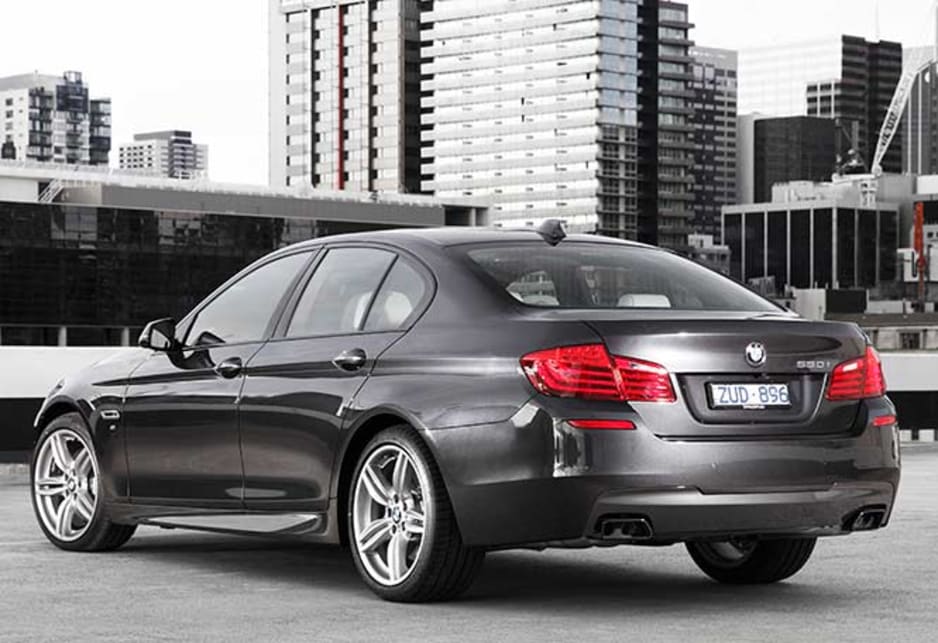 Despite being the large premium top-seller in 2012, BMW have given the all three 5 Series bodystyles an aesthetic refresh with revised pricing, improved value, and polished mechanicals to ensure their ongoing desirability.
Despite being the large premium top-seller in 2012, BMW have given the all three 5 Series bodystyles an aesthetic refresh with revised pricing, improved value, and polished mechanicals to ensure their ongoing desirability.
-
 Pricing has been shuffled across most variants, with the entry 520i sedan jumping $1400 to $79,900, and the range-topping 550i sedan has dropped an impressive $19,255 to $159,900.
Pricing has been shuffled across most variants, with the entry 520i sedan jumping $1400 to $79,900, and the range-topping 550i sedan has dropped an impressive $19,255 to $159,900.
-
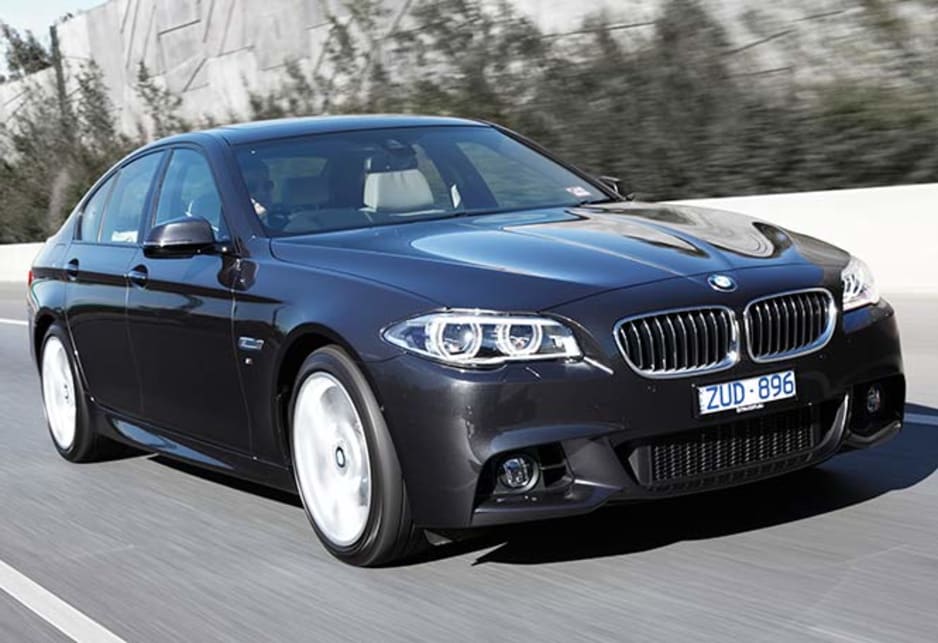 Improved equipment levels across the range have boosted value by a claimed 14 per cent average across all models.
Improved equipment levels across the range have boosted value by a claimed 14 per cent average across all models.
-
 The entry 520i and 520d models now come with 18 inch alloys as standard (up from 17s), extended dual-zone climate control, ambient interior lighting, bi-xenon headlamps, electric seat adjustment and paddle shifters.
The entry 520i and 520d models now come with 18 inch alloys as standard (up from 17s), extended dual-zone climate control, ambient interior lighting, bi-xenon headlamps, electric seat adjustment and paddle shifters.
-
 The 528i has made similar gains, and steps up to standard 19 inch alloys (up from 18s), adaptive LED headlamps, reverse-dipping exterior mirrors, hands-free bootlid opening and digital radio with Harmon Kardon audio.
The 528i has made similar gains, and steps up to standard 19 inch alloys (up from 18s), adaptive LED headlamps, reverse-dipping exterior mirrors, hands-free bootlid opening and digital radio with Harmon Kardon audio.
-
 The 535i and 535d models add an automated parking system over the 528i, while the top 550i sedan has all the above plus rear and side retractable sunblinds.
The 535i and 535d models add an automated parking system over the 528i, while the top 550i sedan has all the above plus rear and side retractable sunblinds.
-
 The 5 Series sedan drivetrain lineup of four petrol, two diesel and the petrol-electric ActiveHybrid 5 are largely unchanged, but fuel economy has improved on all bar the 535d and ActiveHybrid 5 due to a new coasting function for the standard eight-speed ZF auto.
The 5 Series sedan drivetrain lineup of four petrol, two diesel and the petrol-electric ActiveHybrid 5 are largely unchanged, but fuel economy has improved on all bar the 535d and ActiveHybrid 5 due to a new coasting function for the standard eight-speed ZF auto.
-
 All 5 Series models were previously granted a five star Euro NCAP rating, and continue with dual front, full-length curtain, and front side airbags, active front headrests, belt tensioners, post-collision braking and brake lights that pulsate during emergency stops.
All 5 Series models were previously granted a five star Euro NCAP rating, and continue with dual front, full-length curtain, and front side airbags, active front headrests, belt tensioners, post-collision braking and brake lights that pulsate during emergency stops.
-
 We had the chance to experience all sedan drivetrains aside from 535i and the petrol-electric Active Hybrid 5, and the examples sampled continue to impress in terms of refinement, power delivery and efficiency for their respective capacities.
We had the chance to experience all sedan drivetrains aside from 535i and the petrol-electric Active Hybrid 5, and the examples sampled continue to impress in terms of refinement, power delivery and efficiency for their respective capacities.
-
 The 528i steps performance up a notch and brings a nice induction rort seemingly absent in the 520i, while the 535d is a creamy and relaxed kilometre-eater, with the only trace of diesel noise being a muted purr under heavy throttle.
The 528i steps performance up a notch and brings a nice induction rort seemingly absent in the 520i, while the 535d is a creamy and relaxed kilometre-eater, with the only trace of diesel noise being a muted purr under heavy throttle.
-
 Despite hauling a 1600kg-plus sedan, the entry 520i and 520d models have ample pulling power to permit comfortable cross-country cruising.
Despite hauling a 1600kg-plus sedan, the entry 520i and 520d models have ample pulling power to permit comfortable cross-country cruising.
-
 The sixth-generation BMW 5 Series sedan has always been deserving of the model’s benchmark status, and the new 2014 model may not look drastically different from its predecessor, but it’s been polished sufficiently around the edges to keep it fresh among newer rivals.
The sixth-generation BMW 5 Series sedan has always been deserving of the model’s benchmark status, and the new 2014 model may not look drastically different from its predecessor, but it’s been polished sufficiently around the edges to keep it fresh among newer rivals.
-
 The 550i continues with its iron fist/velvet glove persona, with outstanding refinement that erupts into instant earth-shifting acceleration at the flex of your right ankle.
The 550i continues with its iron fist/velvet glove persona, with outstanding refinement that erupts into instant earth-shifting acceleration at the flex of your right ankle.
-
 The entire 5 Series drivetrain lineup is a glowing endorsement for the reduced capacity/forced induction movement, and the eight-speed ZF auto shifts as effectively and smoothly as its current industry-wide reputation suggests.
The entire 5 Series drivetrain lineup is a glowing endorsement for the reduced capacity/forced induction movement, and the eight-speed ZF auto shifts as effectively and smoothly as its current industry-wide reputation suggests.
Not even prestige brands are immune to our large-car phobia. BMW's 5 Series is suffering from the trend, compounded by the fact the Mercedes-Benz E-Class is a newer, sharper tool with comparable pricing (until you reach the E63 AMG).
BMW has a new model in the works and rumours suggest base versions will use three-cylinder turbo engines, while the tech upgrades include autonomous driving, with the car capable of independently overtaking on multi-lane freeways.
That car isn't likely to land in Australia until 2017, giving Beemer another two years of sliding sales. In the meantime, prices start at $80,400 and the average resale is 51 per cent — still better than the Benz.
Citroen Grand C4 Picasso
-
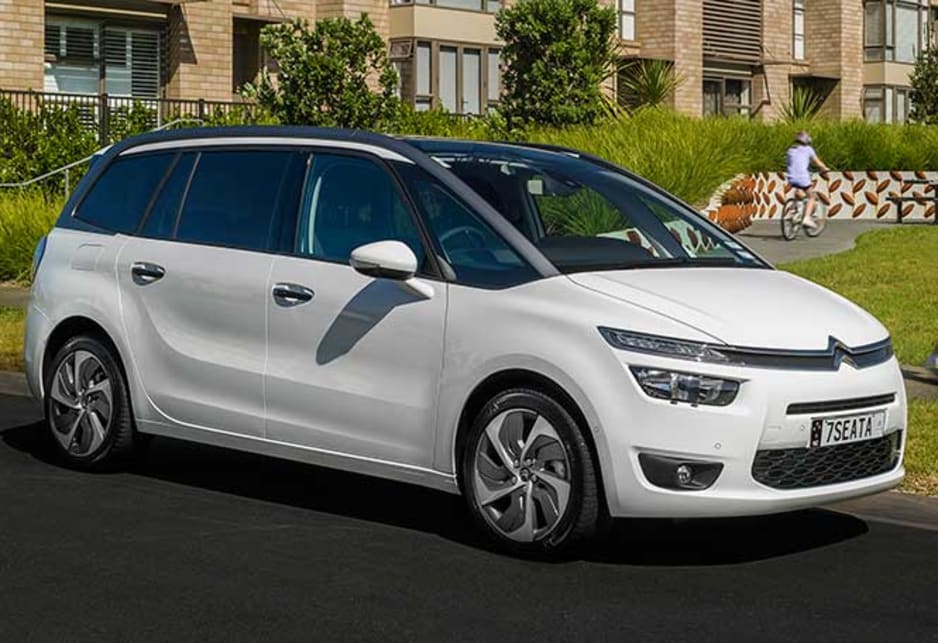 2014 Citroen Grand C4 Picasso
2014 Citroen Grand C4 Picasso
-
 2014 Citroen Grand C4 Picasso
2014 Citroen Grand C4 Picasso
-
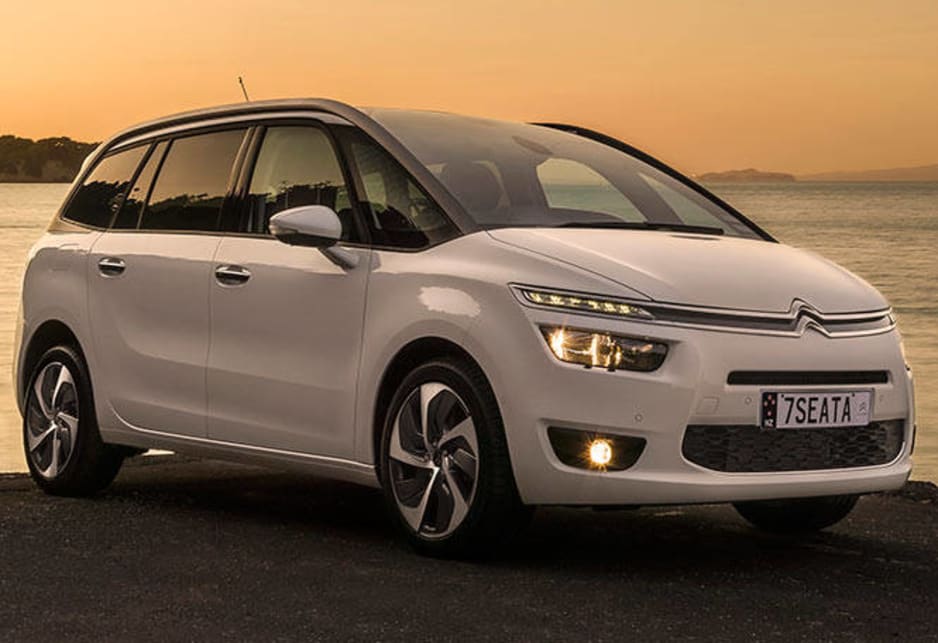 2014 Citroen Grand C4 Picasso
2014 Citroen Grand C4 Picasso
-
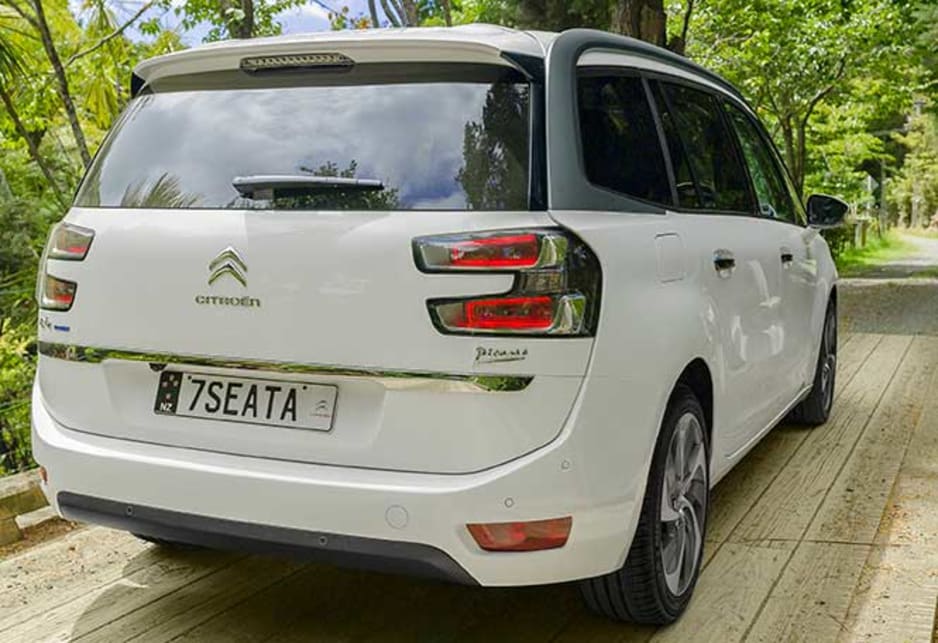 2014 Citroen Grand C4 Picasso
2014 Citroen Grand C4 Picasso
-
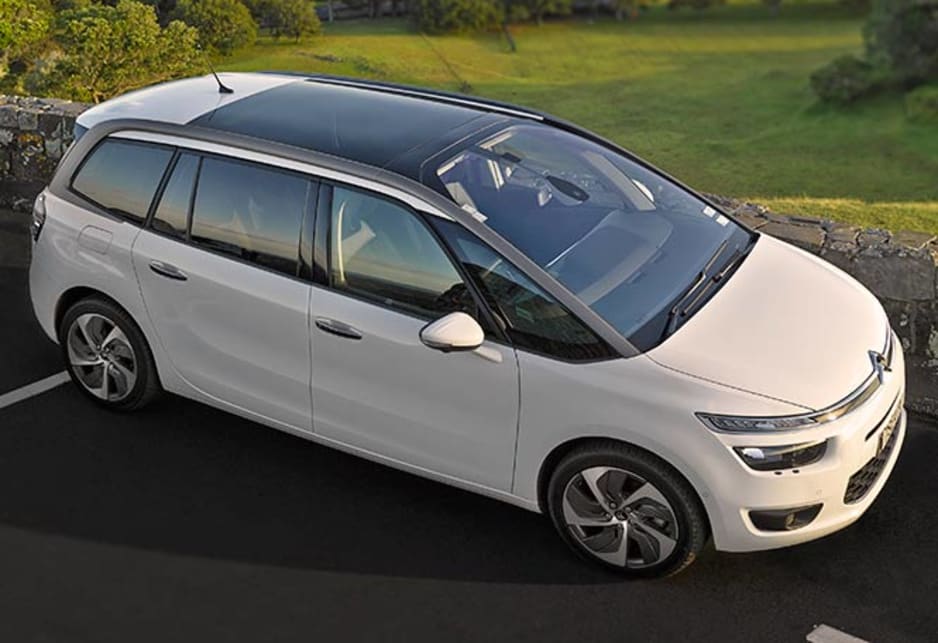 2014 Citroen Grand C4 Picasso
2014 Citroen Grand C4 Picasso
-
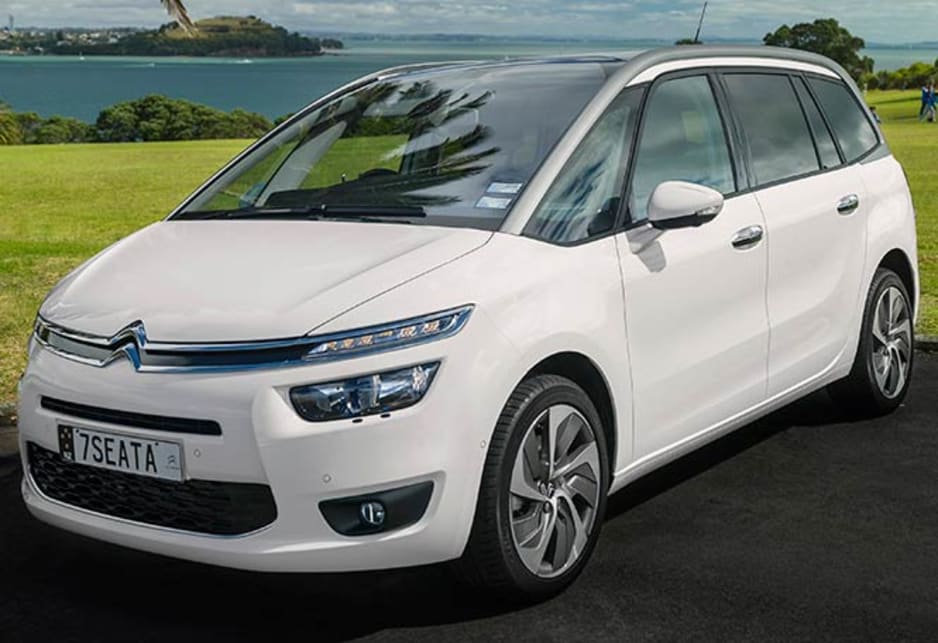 2014 Citroen Grand C4 Picasso
2014 Citroen Grand C4 Picasso
-
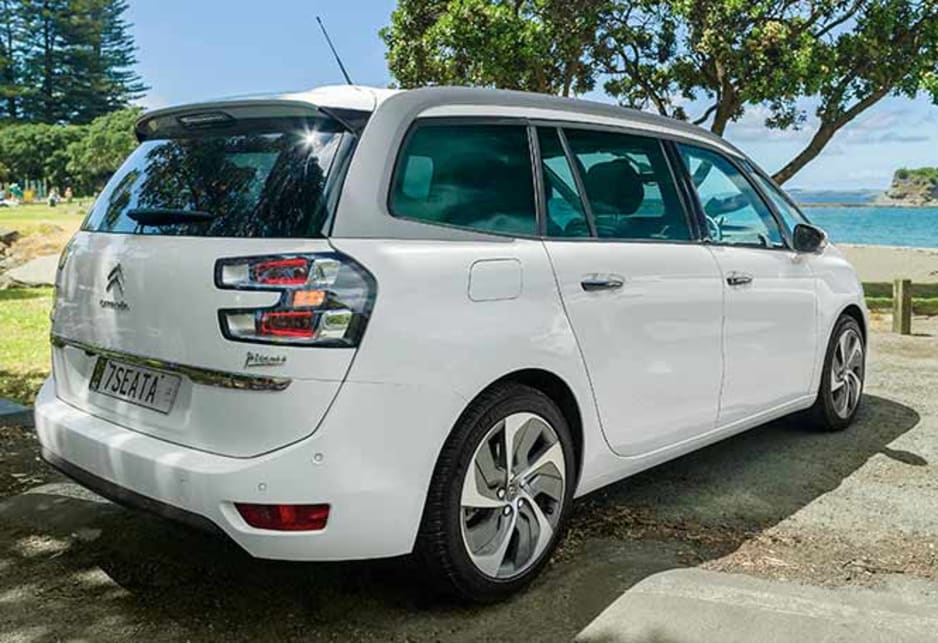 2014 Citroen Grand C4 Picasso
2014 Citroen Grand C4 Picasso
-
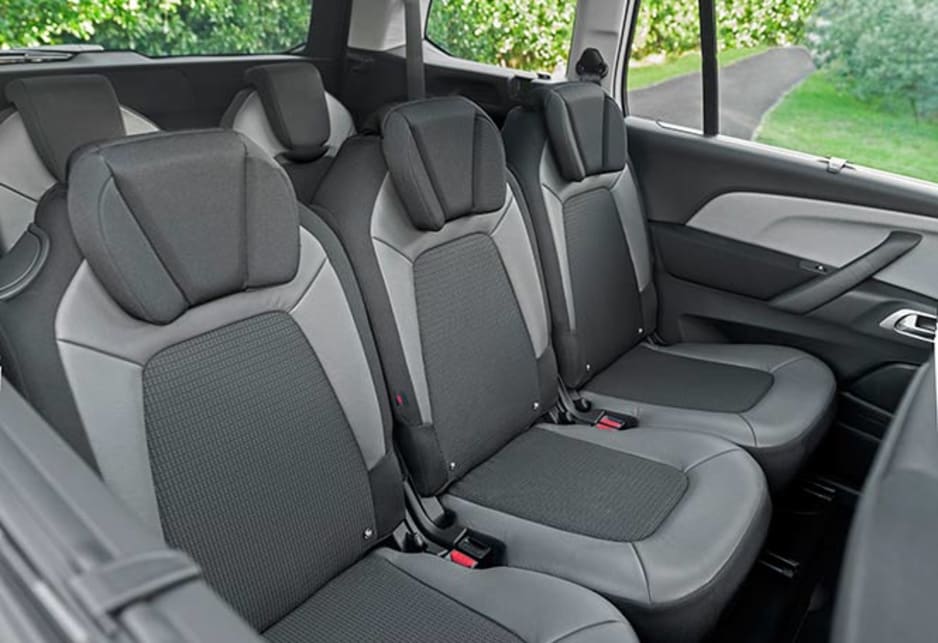 2014 Citroen Grand C4 Picasso
2014 Citroen Grand C4 Picasso
-
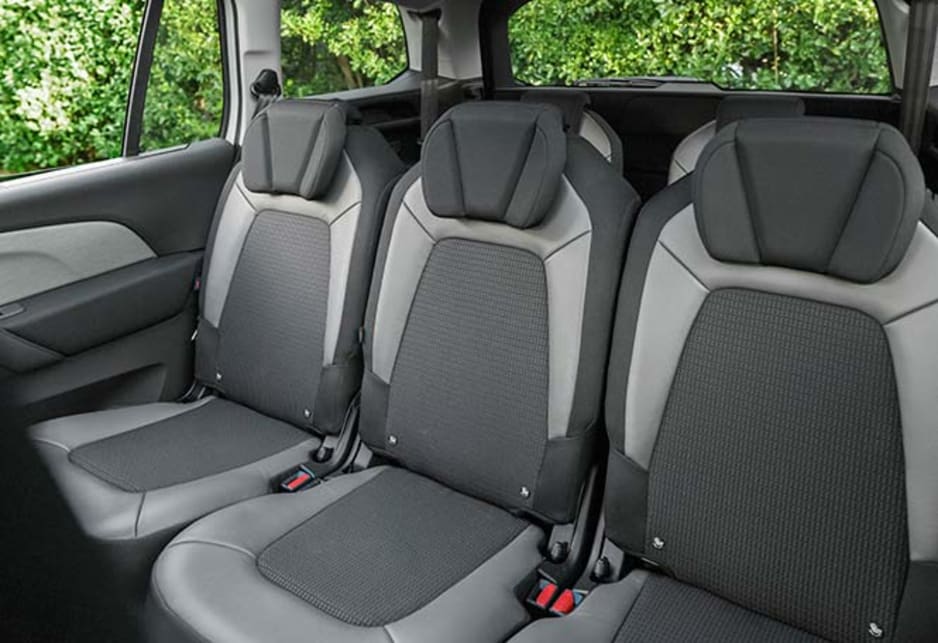 2014 Citroen Grand C4 Picasso
2014 Citroen Grand C4 Picasso
Sales of the French people-mover trebled with the arrival of a new model last year. It is still only selling about 20 cars a month to be dwarfed by the likes of the Honda Odyssey, Hyundai iMAX and Toyota Tarago.
Minor quirks — such as the absence of cupholders down the back — aside, the Citroen's $43,990 price compares favourably to the likes of a $45,490 diesel-powered Kia Grand Carnival.
A six-year warranty, above average road manners, a strong and refined diesel engine and a stylish cabin should be reason enough to put the Picasso on shopping lists, making the absence of a petrol variant the most obvious explanation for the Citroen's lack of traction.
Kia Sorento
-
 2014 Kia Sorento with the new Family Pack
2014 Kia Sorento with the new Family Pack
-
 2014 Kia Sorento with the new Family Pack
2014 Kia Sorento with the new Family Pack
The unloved large SUV has a lot going for it but a thirsty V6 petrol engine isn't earning it any friends in the urban jungle. The turbo diesel-powered all-wheel drive models are the pick and prices start at $40,490.
Inside, the cabin is classy and comfortable, while the ride and handling are well sorted for an SUV. The resale is solid at 52 per cent and the good news for potential buyers is a new model should arrive in April.
Until then, Kia will have to grind its corporate teeth as it watches stablemate Hyundai sell almost double the volume with the twin-under-the-skin Santa Fe.
VW Amarok
-
 2014 Volkswagen Amarok TDI dual-cab
2014 Volkswagen Amarok TDI dual-cab
-
 2014 Volkswagen Amarok TDI dual-cab
2014 Volkswagen Amarok TDI dual-cab
-
 2014 Volkswagen Amarok TDI dual-cab
2014 Volkswagen Amarok TDI dual-cab
-
 2014 Volkswagen Amarok TDI dual-cab
2014 Volkswagen Amarok TDI dual-cab
-
 2014 Volkswagen Amarok TDI dual-cab
2014 Volkswagen Amarok TDI dual-cab
Built to take a pallet in the tray and still ride in comfort with four adults aboard, the Amarok should be level-pegging on sales with the Ford Ranger. It shares the same squared-off exterior styling and has all the creature comforts of a new European-designed sedan. For private buyers, it ticks all the boxes.
It is also priced to please with the dual-cab 4WD versions starting at $42,990 and it holds its value well at 52 per cent of the purchase price after three years. In short there's a lot to like ... but buyers haven't taken a big liking to the German brand's well-appointed workhorse.


Comments